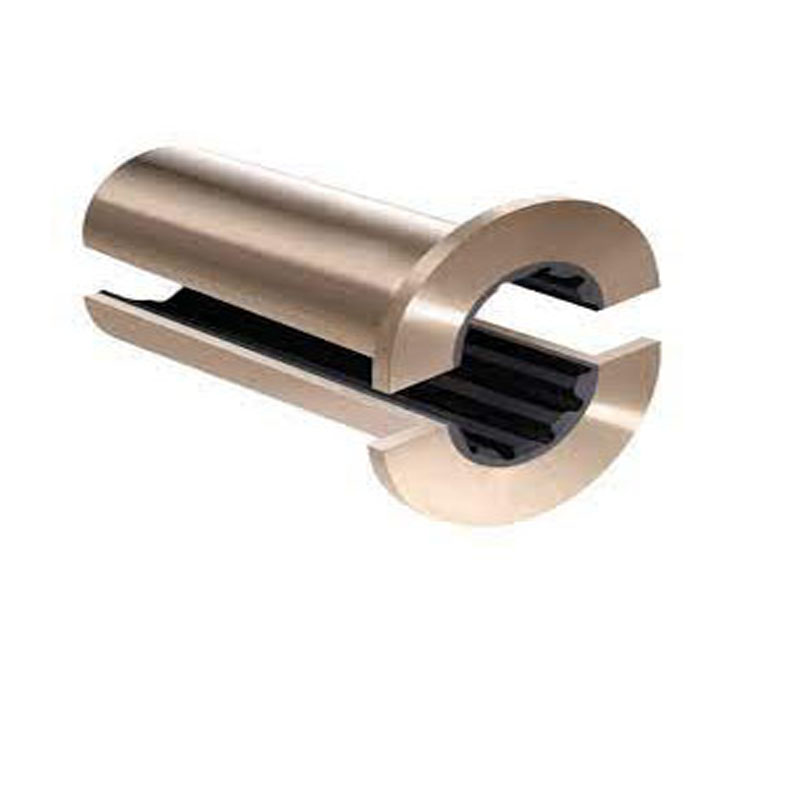Transmission Input Shaft Seal - Reliable Performance & Quality Seals
Understanding the Transmission Input Shaft Seal
The transmission input shaft seal is a vital component in a vehicle's transmission system. This small but significant part serves to prevent transmission fluid from leaking out of the transmission housing and ensures optimal operation of the vehicle. The transmission input shaft connects the engine to the transmission itself, and it plays a crucial role in transferring power from the engine to the wheels.
What is a Transmission Input Shaft Seal?
The transmission input shaft seal is a rubber or elastomeric seal that fits around the shaft where it enters the transmission. Its primary purpose is to provide a barrier against the escape of transmission fluid, which plays a critical role in lubricating the moving parts within the transmission. A well-functioning seal helps maintain the proper level of fluid, which is essential for smooth gear shifting and overall transmission performance.
How it Works
The seal works by tightly encasing the input shaft and creating a waterproof barrier. As the input shaft rotates, the seal conforms tightly to it, preventing fluid from leaking out of the transmission. This is crucial because any loss of transmission fluid can lead to insufficient lubrication, resulting in overheating, increased wear, and potential damage to the transmission components.
Common Issues
transmission input shaft seal

Over time, transmission input shaft seals can develop problems due to wear and tear. Common signs of a failing seal include leaking transmission fluid beneath the vehicle, difficulty in shifting gears, or unusual noises coming from the transmission. If left unaddressed, a compromised seal can lead to more severe transmission issues, potentially requiring costly repairs or even a complete transmission replacement.
Replacement and Maintenance
Changing a transmission input shaft seal is not an overly complex task; however, it does require some mechanical knowledge and tools. If the seal is damaged, it is recommended to replace it promptly to avoid further complications. Mechanics typically recommend inspecting the seal during regular maintenance checks. If there are signs of wear or leakage, replacing the seal at that time can prevent more extensive repairs down the road.
Preventative Measures
Regular maintenance of the transmission system, including checking fluid levels and condition, can help extend the life of the input shaft seal. Additionally, using high-quality transmission fluid and following the manufacturer’s recommended service intervals can prevent premature wear on both the seal and the transmission itself.
Conclusion
The transmission input shaft seal plays a critical role in ensuring the efficiency and longevity of a vehicle's transmission system. Understanding its function and being aware of the signs of wear can help vehicle owners maintain their cars effectively. Regular checks and maintenance can prevent minor issues from becoming major expenses, preserving the integrity of the vehicle's transmission for years to come. Taking care of this small but mighty component is crucial for a smooth and dependable driving experience.
-
The Ultimate Guide to Boat Propeller Bearings and Trailer Wheel Bearings
News Jul.31,2025
-
The Essential Guide to Marine Bearings and Boat Trailer Wheel Bearings
News Jul.31,2025
-
The Complete Guide to Heavy Duty Seals: Protecting Doors and Spaces Efficiently
News Jul.31,2025
-
Essential Guide to Marine Shaft Bearings and Boat Trailer Axle Bearings
News Jul.31,2025
-
Comprehensive Guide to Marine and Trailer Bearings for Safe Boating and Transport
News Jul.31,2025
-
Comprehensive Guide to Automotive Oil Seals: Protecting Your Engine and Shafts
News Jul.31,2025
-
Understanding Automotive Oil Seals: Essential Components for Engine and Shaft Protection
News Jul.30,2025
Products categories















